Exploring Pigtail Fiber Multimode: A Comprehensive Overview by TMT Global Technology Ltd, UK in oman
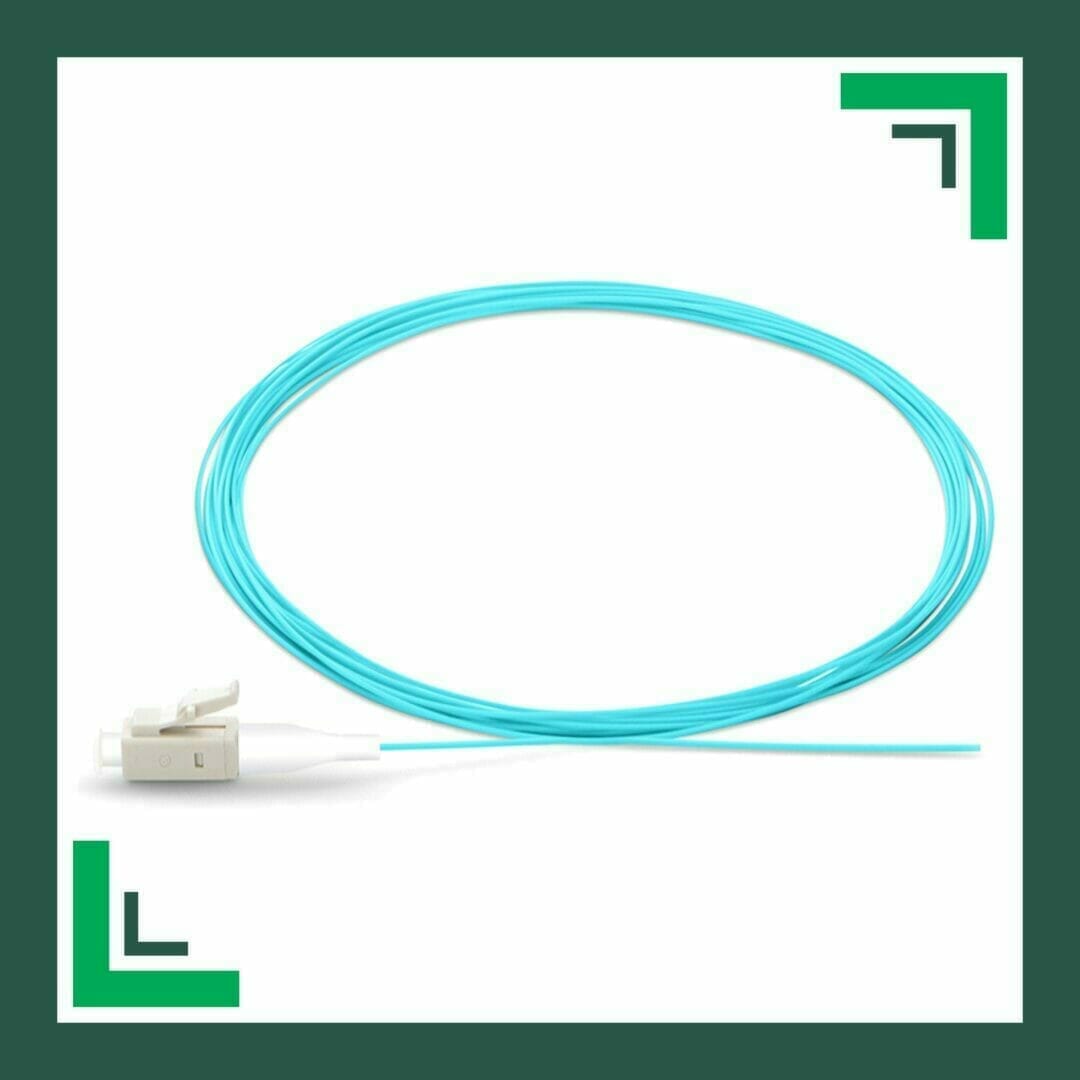
Introduction to Pigtail Fiber Multimode
Pigtail fiber multimode refers to a specialized type of optical fiber cable featuring a short segment of optical fiber with a single connector attached at one end while the other end is left unconnected. This design is integral to fiber optic communication systems, as it facilitates simplified connections and effective performance enhancements in network installations. The multimode fiber, characterized by its ability to carry multiple light modes or rays simultaneously, allows for improved data transmission over short distances, typically within a range of 300 meters to 2 kilometers.
The importance of pigtail fiber multimode in contemporary communication networks cannot be overstated. As enterprises demand higher speeds for data transfer and a more reliable network infrastructure, the pigtail fiber multimode solution has surfaced as an optimal choice for ensuring seamless connections. It minimizes the potential for signal loss, which is often a critical aspect of network reliability. Moreover, using pigtails simplifies the management of fiber connections, as they can be easily spliced into existing fiber systems, thus reducing the complexity often associated with traditional patch cord setups.
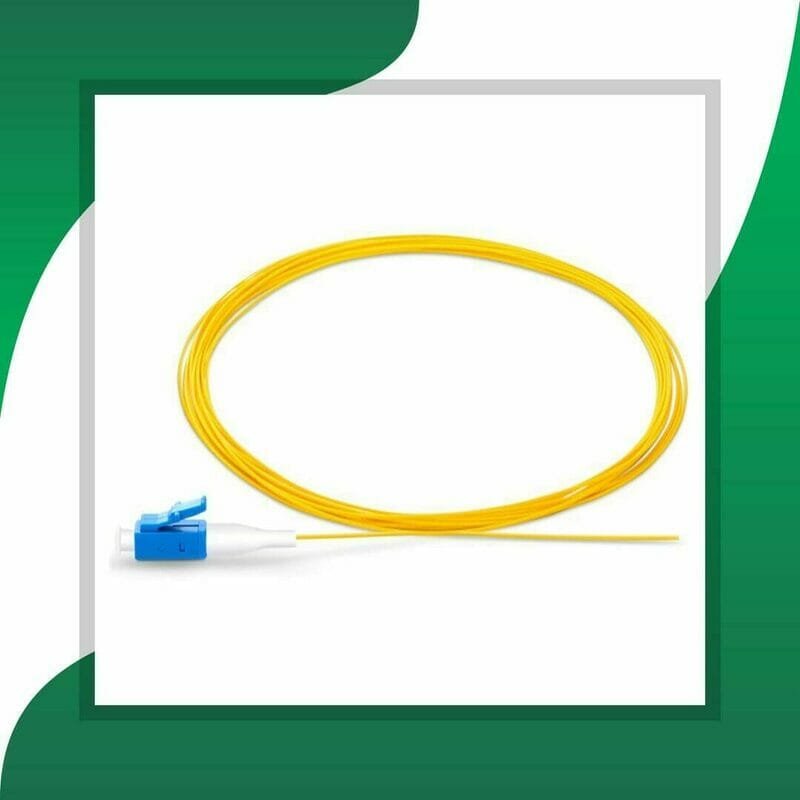
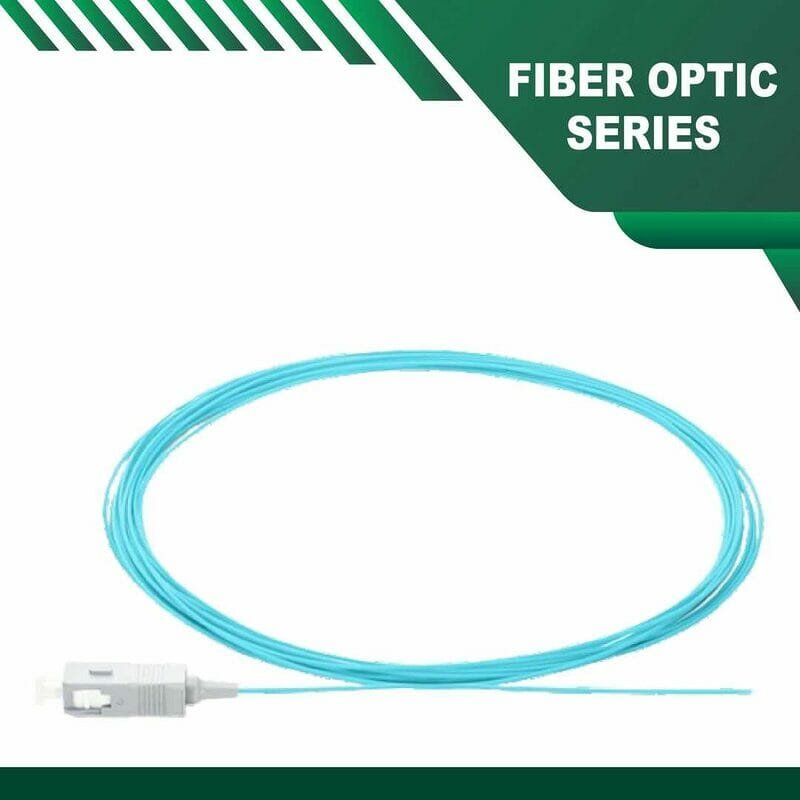
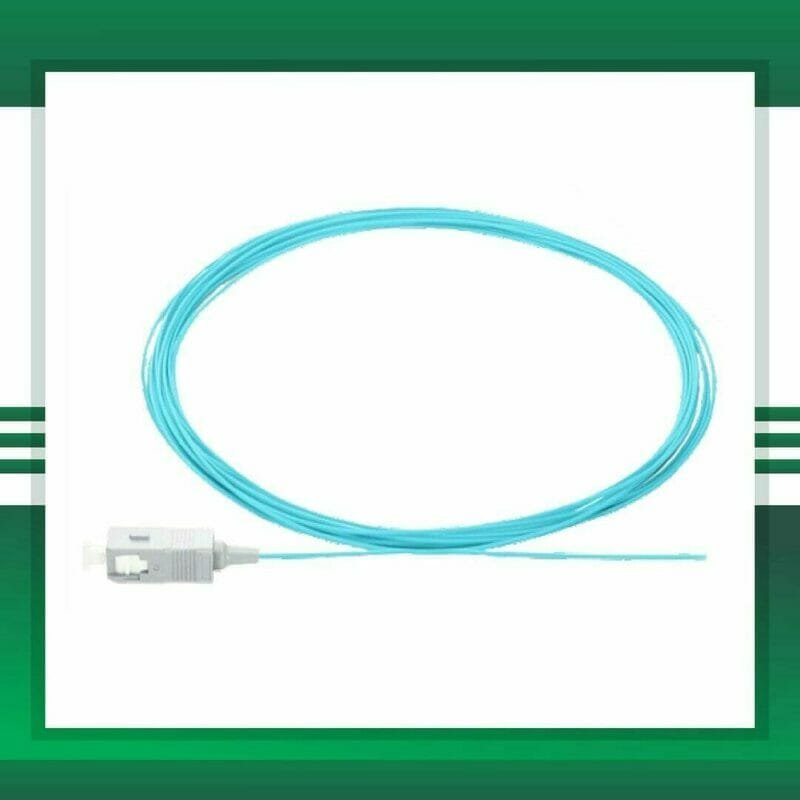
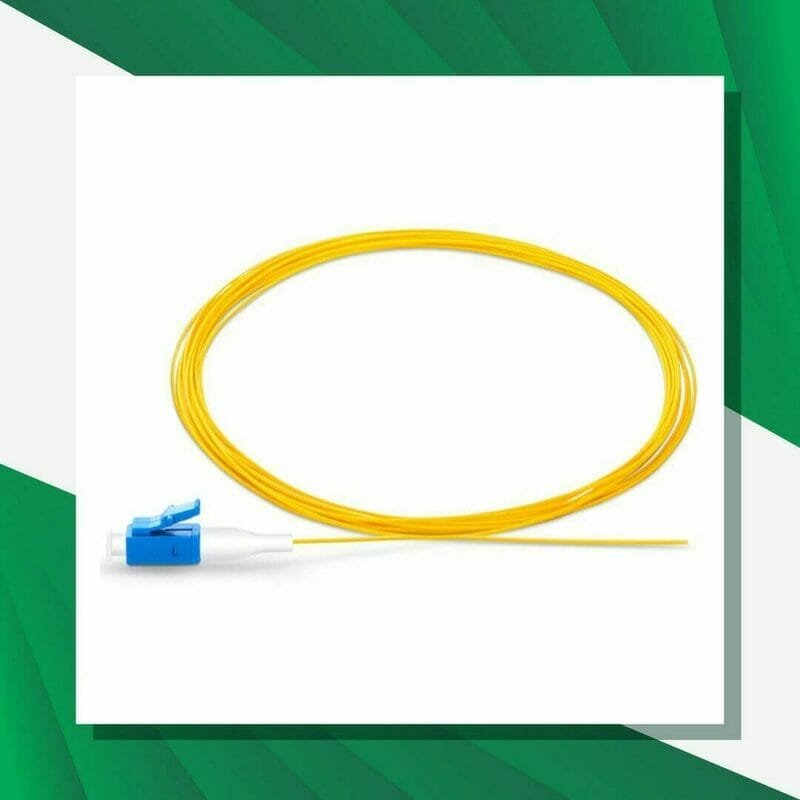

Another key characteristic of pigtail fiber multimode is its flexibility. The pigtails can be customized in varying lengths and connector types to suit specific installation requirements, making it easier for technicians to adapt to different environments. Additionally, multimode fibers allow for more cost-effective solutions due to their compatibility with readily available light sources, such as LEDs or vertical-cavity surface-emitting lasers (VCSELs), which are less expensive compared to single-mode fiber systems.
Overall, pigtail fiber multimode serves as a vital innovation in the realm of networking technologies, significantly enhancing connection efficiency while maintaining the necessary adaptiveness for diverse applications and environments.
Understanding Pigtail Fiber Multimode
Pigtail fiber multimode is an essential component in data communication systems, particularly in local area networks (LANs) and data centers. Essentially, a pigtail fiber consists of a short length of optical fiber, terminated with a connector on one end while the other end remains exposed for splicing. This design allows for flexible and efficient connections to various network devices. The use of multimode fiber pigtails facilitates the simultaneous transmission of multiple light modes, significantly enhancing data transmission capabilities over short distances.
The structure of pigtail fiber typically involves a core surrounded by cladding, with a protective outer layer. The core, made of glass or plastic, serves as the medium through which light signals travel. The cladding has a lower refractive index than the core, which reflects the light back into the core and allows for total internal reflection. This principle is crucial for ensuring minimal signal loss during transmission. When light signals are introduced into the pigtail, they propagate through the core, maintaining their integrity and allowing for accurate data conveyance.
Moreover, pigtail fibers are designed to support various connector types, including LC, SC, and ST, enabling compatibility with a wide range of equipment. The flexibility in design also allows systems to be tailored to specific requirements, such as length and type of application. Multimode fibers are particularly beneficial for communication over distances typically ranging up to 300 meters, due to their ability to carry multiple light signals efficiently. It is important to note that while multimode pigtails are effective for short distances, single-mode fibers are generally preferred for long-range communications due to their higher bandwidth capabilities.
The Role of Multimode Fiber in Networking
Multimode fiber (MMF) plays a pivotal role in networking applications, characterized by its ability to transmit multiple light rays simultaneously through its core. This technology is particularly beneficial in various networking environments, providing several advantages over single-mode fiber (SMF). The most notable benefits include cost-effectiveness, ease of installation, and optimal performance in specific scenarios.
One of the primary advantages of multimode fiber is its lower installation costs. MMF cables are typically less expensive than their single-mode counterparts, making them a preferred choice for businesses and institutions looking to implement cost-effective networking solutions. Furthermore, the larger core diameter of multimode fiber facilitates the use of less expensive light sources like light-emitting diodes (LEDs), reducing the overall expenditure associated with networking infrastructure.
Additionally, multimode fiber offers enhanced ease of installation. Due to the forgiving nature of its light transmission characteristics, technicians can achieve optimal performance with less precision during installation. This ease of use can significantly reduce installation time and labor costs while minimizing the potential for errors. Such advantages render multimode fiber particularly suitable for shorter distances, such as within buildings or campuses, where high data rates are required over limited ranges.
Moreover, there are specific scenarios where multimode fiber is preferred. For instance, in local area networks (LANs), data centers, and enterprise networks, MMF can efficiently support high-bandwidth applications while delivering reliable performance. In these environments, the combination of cost-effectiveness and operational efficiency often makes multimode fiber the ideal selection.
In conclusion, the role of multimode fiber in networking is significant, particularly for applications that necessitate both economic and operational advantages. Its features make it an optimal choice for businesses seeking effective networking solutions without compromising on performance.
Benefits of Using Pigtail Fiber Multimode from TMT Global Technology Ltd
TMT Global Technology Ltd. offers a range of advantages when it comes to using pigtail fiber multimode solutions. One significant benefit is the high-quality construction of their products. Each pigtail fiber multimode cable is manufactured using top-grade materials, ensuring exceptional performance and durability. This attention to quality means that end-users can rely on TMT’s products to provide consistent connectivity without interruptions, which is especially critical in sectors such as telecommunications and data management.
Reliability is another key advantage of pigtail fiber multimode from TMT Global Technology Ltd. The company employs stringent quality control measures throughout the production process. This ensures that the pigtail fibers can withstand various environmental challenges, thereby maintaining performance levels over time. For businesses that cannot afford downtime, choosing TMT’s multimode solutions translates into peace of mind, knowing that they are investing in a dependable product that meets industry standards.
Moreover, TMT’s pigtail fiber multimode products exhibit excellent transmission performance. With the ability to support high bandwidth and fast data transfer rates, these solutions are suitable for modern networks that demand efficiency. Case studies from satisfied clients have highlighted successful implementations where TMT’s fibers have significantly enhanced overall network speed and reliability, leading to improved operational efficiency and reduced latency.
In addition to performance, TMT Global Technology Ltd. is committed to providing comprehensive customer support and technical assistance. This proactive approach helps businesses select the right pigtail fiber multimode solutions tailored to their unique needs, fostering long-term partnerships and customer satisfaction. When companies prioritize quality, reliability, and performance, TMT’s offerings prove to be an excellent choice for their multimode fiber needs.
Applications of Pigtail Fiber Multimode
Pigtail fiber multimode serves a multitude of applications across various sectors, and its versatility makes it a crucial component in modern telecommunications. One prominent application lies in the telecommunications industry, where high-speed data transfer is essential. Pigtail fibers significantly mitigate attenuation, allowing for clear and reliable signal transmission over considerable distances. TMT Global Technology Ltd, UK, offers specially designed pigtail fibers that cater to the specific communication needs of telecommunications providers, ensuring robust connectivity in urban and rural environments alike.
Data centers are another critical area where pigtail fiber multimode finds extensive use. As the backbone of the digital economy, data centers require fast and efficient data routes to handle vast amounts of information with minimal latency. Pigtail fibers support the necessary bandwidth and speed, enabling data centers to optimize operations and improve overall performance. With TMT Global’s advanced pigtail solutions, data centers can manage their growing storage, processing, and bandwidth demands effectively, which is vital in an era defined by rapid digital transformation.
Local area networks (LANs) also utilize pigtail fiber multimode for interconnecting devices within a limited geographical area. The installation of pigtail fibers in LANs ensures high-speed connectivity among computers, printers, and internet access points. This application is particularly significant in educational institutions and corporate offices where seamless communication and data sharing are essential. TMT Global’s pigtail fibers are designed for easy installation and high reliability, making them an ideal choice for companies seeking to enhance their networking infrastructure.
In conclusion, the extensive range of applications for pigtail fiber multimode highlights its importance in contemporary technology, bridging the gap between multiple sectors through efficient connectivity solutions provided by TMT Global Technology Ltd.
Installation and Best Practices
The installation of pigtail fiber multimode is a critical process that significantly influences the performance and longevity of fiber optic connections. To ensure a successful installation, it is essential to follow best practices and utilize the appropriate tools. A well-planned installation minimizes issues such as signal loss and disconnections, which are common when proper procedures are not adhered to.
Before starting the installation, it is important to gather the necessary tools, which typically include a fiber optic cable stripper, cleaver, fusion splicer, and a visual fault locator. Each tool plays a vital role in preparing and joining fiber optic cables correctly. Furthermore, it is advisable to use safety eyewear to protect against accidental exposure to fiber shards or excessive light when working with fiber optics.
One of the key considerations during installation is the selection of an appropriate workspace. The area should be clean, dry, and free from dust or moisture to prevent contamination of the fiber connections. Ensure that the fiber optic cables are not subjected to sharp bends, excessive pulling, or crushing, as these conditions can compromise the integrity of the fibers. Cable management is equally important and should be factored into the installation process; using racks or trays to organize cables can help in maintaining the quality of the connections over time.
Additionally, attention must be paid to the splicing process. Proper cleaving of the fibers and meticulous alignment during splicing are essential to minimize splice loss. It is also advisable to test the connections using a light source and a power meter or visual fault locator to attain optimal performance and to identify potential issues early on. By adhering to these best practices and avoiding common pitfalls, such as improper handling or inadequate testing, one can significantly enhance the performance and reliability of pigtail fiber multimode installations.
Maintenance and Troubleshooting Techniques
Proper maintenance of pigtail fiber multimode cables is essential to ensure their efficiency and longevity. Regular inspections are crucial; technicians should routinely examine the cables for signs of wear, damage, or contamination. A visual inspection can reveal issues such as broken connectors or frayed sheathing. Environmental factors like extreme temperature fluctuations and exposure to corrosive agents should also be monitored, as they can significantly impact performance. Keeping the workspace organized reduces the risk of physical damage, so proper cable management practices are essential.
Cleansing of connectors is another vital maintenance step. Dust and debris can accumulate on the ends of fiber connectors, leading to signal loss. Using industry-approved cleaning wipes and tools specifically designed for fiber optics is recommended to ensure that no damage occurs during cleaning. Conducting tests using an Optical Time Domain Reflectometer (OTDR) can help identify problems in the network, allowing for targeted cleaning or repairs. Furthermore, it is advisable to maintain a log of all maintenance activities; this documentation can be invaluable for understanding trends in cable performance over time.
Troubleshooting common issues with pigtail fiber multimode connections involves a systematic approach. If a user encounters issues such as intermittent connectivity or slow data transmission, the first step is to verify all connections. Loose or improperly seated connectors can lead to inconsistent performance. If the connections appear secure but problems persist, examining the cable for bends or sharp twists that might signal a fiber break is crucial. Testing with a light source and power meter can identify loss levels and determine if the issue stems from the pigtail itself or the connected devices. By adhering to these maintenance and troubleshooting techniques, users can ensure that their multimode systems remain efficient and effective for extended periods.
Future Trends in Fiber Optic Technology
The field of fiber optic technology is continuously evolving, presenting new opportunities and challenges for manufacturers and users alike. As industries increasingly rely on high-speed data transmission, advancements in materials and design are poised to significantly impact the evolution of pigtail fiber multimode. One prominent trend is the development of more efficient optical fibers that utilize advanced materials and improved manufacturing processes. These innovations promise to enhance the overall performance of optical networks, boosting data transmission rates and reducing signal loss.
Another noteworthy trend is the integration of fiber optics into diverse applications beyond traditional telecommunications. Industries such as healthcare, automotive, and smart grid technology are exploring fiber optic solutions to facilitate real-time data exchange and improve system efficiencies. For instance, in medical applications, fiber optics are being used for advanced imaging techniques and minimally invasive surgical tools, demonstrating the versatility of fiber optic technology and its potential impact on various sectors.
TMT Global Technology Ltd is keenly aware of these trends and is strategically positioning itself to capitalize on the forthcoming changes in the fiber optic landscape. The company is investing in research and development to explore new materials that enhance the durability and functionality of pigtail fiber multimode solutions. Additionally, TMT Global aims to expand its product offerings to meet the growing demand for fiber optic technologies in emerging markets. By staying ahead of these trends, TMT Global intends to ensure that its products remain at the forefront of innovation, thus catering to the ever-evolving needs of its clients.
In conclusion, the future of fiber optic technology appears promising with continuous advancements in materials and applications. As the industry evolves, companies like TMT Global Technology Ltd are strategically positioning themselves to navigate this dynamic landscape, ensuring they remain relevant and competitive in the market.
Conclusion and Final Thoughts
In this exploration of pigtail fiber multimode solutions offered by TMT Global Technology Ltd, several critical insights have emerged that underscore the importance of this technology in modern networking. The versatility and efficiency of pigtail fiber multimode connections facilitate seamless data transmission, making them an essential component for various applications, from data centers to telecommunications. TMT Global Technology Ltd has demonstrated a commitment to quality and innovation, providing pigtail fiber multimode solutions that cater to a wide range of networking demands.
One of the standout features of TMT Global Technology Ltd’s pigtail fiber multimode products is their ability to support high-bandwidth applications. This capability ensures that organizations can meet their present and future networking requirements without significant infrastructure changes. The robustness of these fibers is another notable aspect, as they are designed to withstand varying environmental conditions, which is critical for installations in diverse settings.
Moreover, the installation and maintenance of pigtail fiber multimode systems are streamlined, reducing downtime and operational costs. TMT Global Technology Ltd not only provides high-quality products but also offers expert guidance during the setup process, ensuring that clients can maximize their network performance from the outset.
In conclusion, TMT Global Technology Ltd’s pigtail fiber multimode solutions represent a compelling choice for organizations seeking to enhance their networking infrastructure. With benefits that include high bandwidth support, durability, and ease of installation, these products meet the evolving needs of businesses in an increasingly digital landscape. As networking demands continue to grow, investing in reliable solutions like those offered by TMT Global Technology Ltd could be pivotal in achieving operational excellence.

